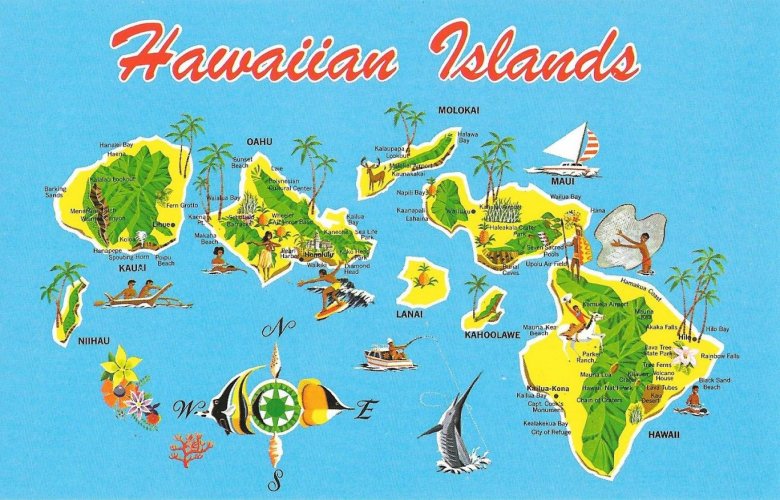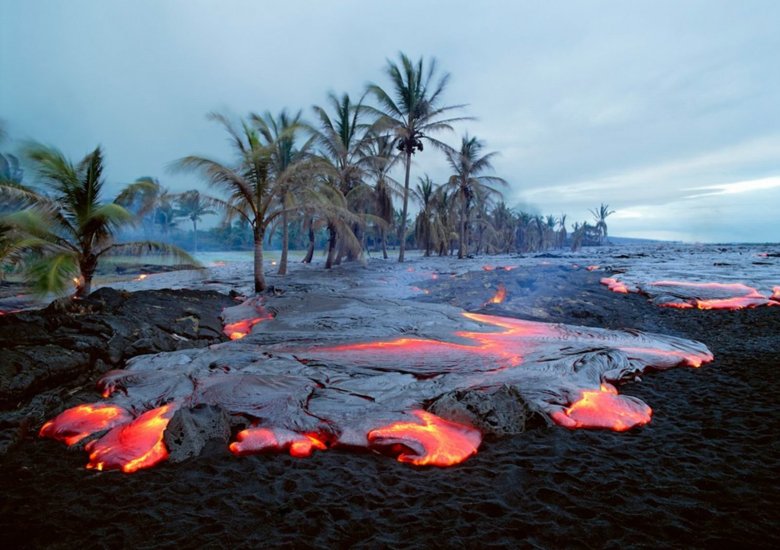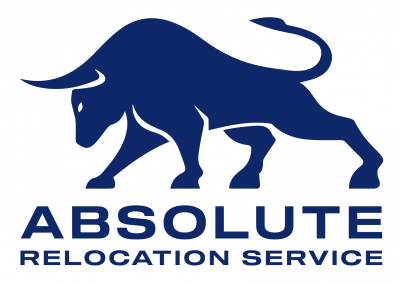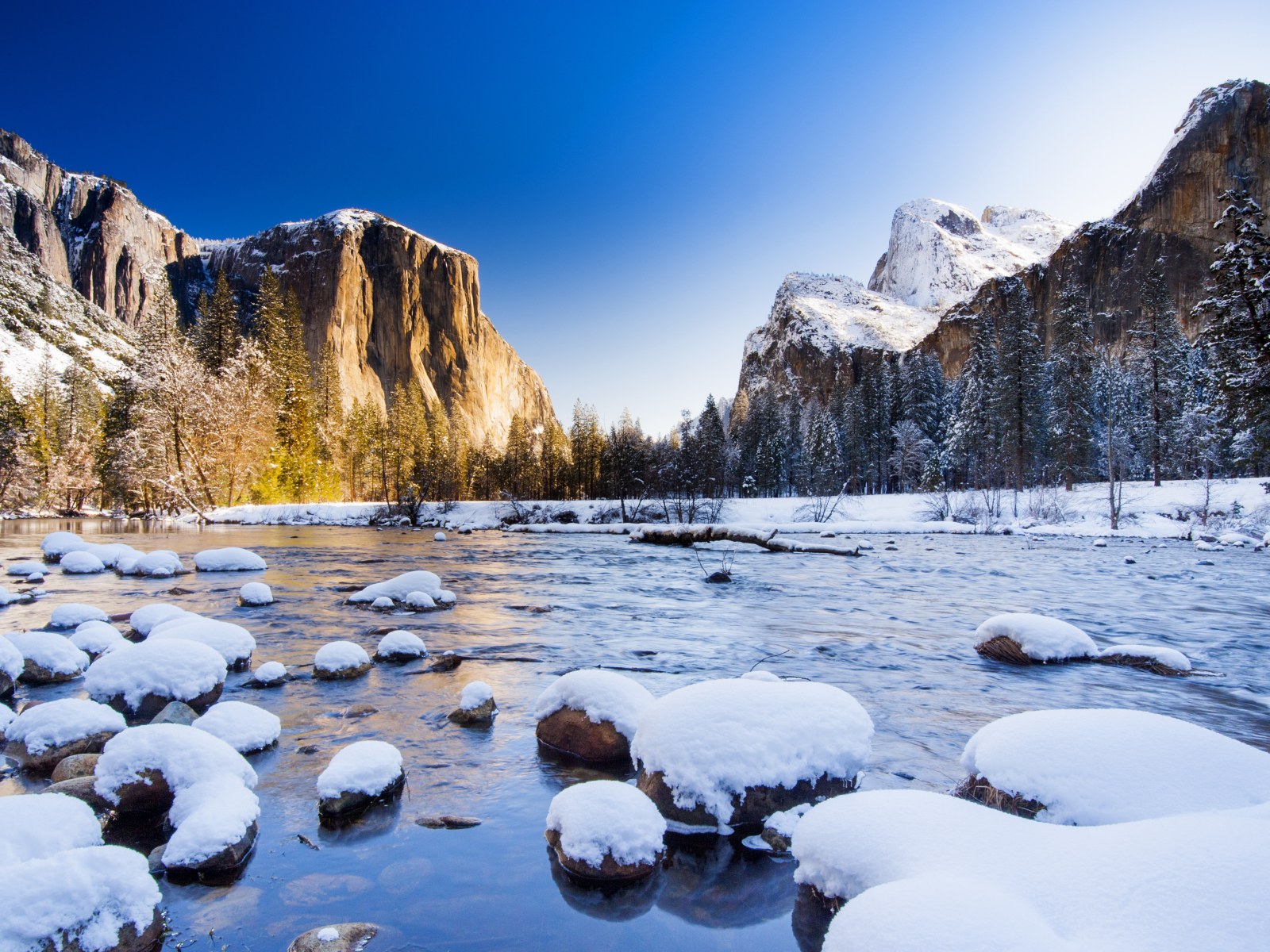Hawaii’s Seasonal Peculiarities: How They Affect Relocation and Lodging
In Hawaii, as in many other places, seasonal features play an important role in the decision to relocate. This tropical paradise, located in the center of the Pacific Ocean, has a unique climatic and geographical nature that makes it one of the most desirable places to live. However, when choosing when to move to this place, it is important to consider seasonal factors that can have a significant impact on adaptation, comfort level, and even financial status.

Seasonal features in Hawaii include changes in weather, tourist season, housing prices, and the overall atmosphere of the islands. As a tropical region, it has relatively constant temperatures throughout the year, but there are certain times when rainfall can increase or decrease significantly. This is an important factor when planning a move, especially for those who are used to a certain type of climate.
Additionally, the tourist season plays a significant role here. Seasons that bring more tourists to the islands can be either favorable or unfavorable for new residents. On the one hand, increased tourist traffic can create a sense of an authentic Hawaiian atmosphere and a variety of cultural activities. However, it can also lead to higher housing and service prices, as well as busier streets and beaches, which may not suit everyone.
Housing prices and the cost of living in general also vary depending on the season in Hawaii. Seasons of the year when demand for housing is higher can come with higher prices and limited choices. This is important to consider when planning a move, especially for those with a limited budget or specific housing requirements.
Thus, understanding the seasonality of moving to Hawaii plays an important role in making an informed decision. In this article, we will look at how the different seasons affect the moving process, housing choices, and the overall atmosphere in the islands.
Seasonal Features and Tourism in Hawaii
Seasonal characteristics play a significant role in tourism industry, determining both supply and demand during different time periods. Let’s take a look at the factors that make up these features and their impact on tourism in the islands.

Weather Conditions
Hawaii’s climate varies depending on the time of year and the particular island. It is located in the tropical climate belt and is therefore characterized by a warm and humid climate throughout the year.
The region is blessed with a mild tropical climate characterized by consistently high temperatures and moderate rainfall year round. Average temperatures range from 24°C to 30°C throughout the year. Temperatures can rise higher in summer, to 32-35°C, while in winter they usually do not fall below 20-25°C. However, temperatures can be noticeably lower in some of the higher elevations. The main differences in weather across the islands are in the amount of rainfall and the intensity of sunlight.
For example, the northern and eastern parts of Hawaii tend to receive more precipitation, especially during the winter months of December through February. While the southern and western areas are more likely to enjoy sunny weather and less rainfall. Despite this, Hawaii’s climate is generally temperate and pleasant throughout the year.
Differences on different islands
Each island has its own distinct weather patterns. For example, Oahu, where the capital Honolulu is located, tends to be drier and windier than other islands. While Kauai is known for its frequent rainfall, especially on the north side. The Big Island of Hawaii (or simply Hawaii) has a varied climate that ranges from dry areas on the west coast to humid rainforests on the east coast.
Favorable Islands
There is no definite answer to the question of which island is the most favorable in terms of climate, as it largely depends on the preference of the traveler. However, many travelers prefer the island of Maui for its mild climate, calmer atmosphere, and beautiful beaches.
Additional Factors
Besides temperature, other factors such as humidity, winds, and tsunami risk also play a role. For example, some islands, such as Hawaii, experience periodic heavy rains and winds, especially during hurricanes. However, such events are rare and generally do not pose a serious risk to residents or tourists.
Habitual way of life
In addition to climate, other factors such as the presence of wild animals or plants may limit habitual ways of life. For example, some islands have a risk of shark attacks, so swimming in the open sea may be limited. In addition, Hawaii is home to poisonous plants such as manchineel, which should be avoided.
So, when planning a trip to Hawaii, it is important to consider the variety of climates and other factors that may affect your travel experience.
Tourist Season

In the tourism context, Hawaii is known as a resort destination attracting millions of tourists from all over the world every year. This group of islands in the Pacific Ocean is known for its stunning natural beauty, rich cultural heritage and diverse vacation opportunities. However, like anywhere else, the presence of tourist seasons has a significant impact on the local population and infrastructure. Let’s take a closer look at what time periods are considered peak tourism in Hawaii and how it affects the lives of islanders.
- Peak Season: Hawaii’s tourism season is predominantly centered in the winter months, especially December through March. During this period, travelers seek to escape the cold weather on the mainland and enjoy Hawaii’s warm tropical climate. During the peak season, the number of travelers increases significantly. For example, more than 850,000 tourists visited the islands in December 2019, compared to about 700,000 in June 2019. Americans, Japanese, and Canadians are the most common among tourists in Hawaii. However, tourists from various European and Asian countries can also be found.
- Off-season: The summer months (June-August) also attract tourists, although to a lesser extent than in winter. This is due to the fact that accommodation and travel prices can be slightly lower in summer, and also because many people choose this period for vacations. In June 2019, about 700,000 tourists visited Hawaii, which is also quite high.
Impact on Hawaii life and residents
The tourist season has a significant impact on the lives of local residents and the economy of Hawaii:
- Economic Impact: During peak season, tourism is a major source of revenue for Hawaii. An increase in the number of tourists contributes to employment growth in the service, trade, and entertainment industries.
- Challenges and Constraints: However, increased tourist traffic can also create challenges. These include congested transportation infrastructure, increased real estate and rental prices for local residents, and increased pollution and wear and tear on natural resources.
- Opportunities for localresidents: Tourism also creates opportunities for local residents. Many of them work in the service and tourism industry and may also provide tour guides, surf instructors or guide services, which contributes to the local economy.
Overall, the tourist season plays an important role in Hawaii’s life, and its impact is felt locally, economically, and culturally. Understanding these seasonal patterns is important for both tourists and locals to effectively plan their activities and manage the island’s resources.
Off-Season

The off-season period in Hawaii is the time between peak tourist seasons when visitor numbers are down and weather and other conditions are different from what can be found during peak tourism.
One of the main features of the off-season is the relative tranquility and less hustle and bustle compared to the peak months. Tourist attractions, beaches, and restaurants may be less crowded, creating a more calm and peaceful atmosphere for locals and those relocating to the islands. It can also mean more affordable housing and car rental prices, as well as lower airfare and travel services.
However, moving during the off-season can also bring some challenges. The weather can be less predictable this time of year, with a higher risk of rain and storms. Some local stores, restaurants and other businesses may close for maintenance or be in maintenance mode with more limited hours of operation due to reduced tourist demand. In addition, some events and recreational activities may not be available or may have limited access at this time of year due to seasonality.
However, the off-season can also provide a unique opportunity to immerse yourself in local culture and lifestyle without the heavy flow of tourists. This time can be especially appealing to those who want to explore the islands in a more relaxed setting and enjoy their unique beauty and atmosphere without the large crowds of visitors.
The impact of seasonal features on relocating to Hawaii

Prioritizing seasonal considerations when planning a Hawaii travel or relocation trip plays a key role in ensuring a comfortable and successful experience. Here are a few key aspects to consider when planning:
Weather conditions
Research the climatic characteristics of the Hawaiian Islands during different seasons. The most favorable time to visit is from late April to early September, when the days are sunny and dry. Avoid traveling during the rainy season, which runs from October through April.
Prices and Tourist Season
When planning your trip, keep in mind that during peak tourist months (summer and New Year’s holidays), prices for hotels, tickets and car rentals can be higher. The off-season, mid-April to mid-June and mid-September to early December, can be more affordable and relaxed.
Island Features
Take into account the differences in weather and climate on the different islands. For example, Kauai has record-breaking rainfall, while Maui and Oahu tend to be the sunniest and driest.
Activities and Events
Research the cultural and entertainment events taking place in Hawaii during your trip. Keep in mind that different festivals and celebrations may take place at different times of the year, which can make your vacation more colorful and fulfilling.
Reserving in advance
Since peak tourist season can be very popular, especially during holiday periods, it is advisable to book lodging, transportation and excursions in advance to avoid inconvenience and high prices.
Preparing for swimming and other outdoor activities
If you plan to engage in outdoor activities such as surfing or diving, consider seasonal changes in sea conditions and swell. Depending on the time of year and location on the island, swimming conditions can vary greatly.
Safety
Remember the importance of safety and rules for safe behavior on the islands. Pay attention to tsunami warnings, volcanic activity, and tips for staying safe and protecting yourself from sunburn and dehydration.
Keeping all of these factors in mind will help you make more informed choices when planning your trip or relocation to Hawaii, helping you avoid unpleasant surprises and maximize your enjoyment of these beautiful islands.
Influence of seasonal features on Hawaii lodging choices

The impact of seasonality on housing choices is an important consideration when planning a trip or relocation to these beautiful islands. Different seasons can significantly affect the availability and cost of accommodations, as well as the overall comfort of living. Let’s take a look at the main factors to consider when choosing a home in Hawaii during the different seasons.
- Peak Tourist Season: From late spring to early fall (April through September), Hawaii’s tourism season is usually at its peak. During this period, lodging can be more expensive and less available due to the high volume of tourists. Popular areas such as Honolulu on Oahu, Kilauea on the Big Island of Hawaii, and Lahaina on Maui can be especially crowded.
- Low Season: Mid-fall and winter (October through March) are generally considered less popular times for tourism in Hawaii. During this time, accommodations may be more affordable and less expensive, especially in tourist areas. However, it is worth keeping in mind that some hotels and resorts may close for repairs or maintenance during this time of year.
- Neighborhoods and housing types: Hawaii has many different neighborhoods and housing types for different types of lodging. In popular tourist areas such as Waikiki on Oahu or Kapaa on Kauai, you will find many hotels, resorts, and apartments for short-term lodging. At the same time, on more remote islands such as Lanai or Molokai, you can find quiet and secluded accommodations in private homes or cottages.
- Accessibility and infrastructure: When choosing a vacation rental, consider accessibility to transportation and the availability of stores, restaurants, and other entertainment venues nearby. Good transportation infrastructure and the availability of necessary amenities can greatly enhance your living experience.
- Prices: Lodging prices can vary significantly depending on location, type of lodging and time of year. During peak tourist season, prices for overnight accommodations can increase significantly, especially in popular neighborhoods. At the same time, you may find better deals during the low season.
- Differences between islands: Keep in mind that each island in Hawaii has its own unique features and characteristics. For example, on the Big Island you can find accommodations near volcanic beaches and parks, while on Maui you can enjoy beach vacations and luxury resorts.
By considering all these factors, you will be able to make a more informed choice when looking for Hawaii accommodations that fit your needs and preferences, regardless of the time of year.
In conclusion, we want to emphasize how important it is to consider seasonality when deciding to move to Hawaii. Understanding how changes in climate, tourist traffic, and housing prices affect life and livability on the islands can make a big difference in the quality of your new life here. Knowing how to adapt to seasonal changes can help you avoid unpleasant surprises and ensure a more comfortable move. When planning your move, be sure to contact experienced movers who will make your move to Hawaii fast, safe, and worry-free.
Contact us in any way:
Telephone: (954) 773-9667
E-mail: abs@absoluteinc.org





